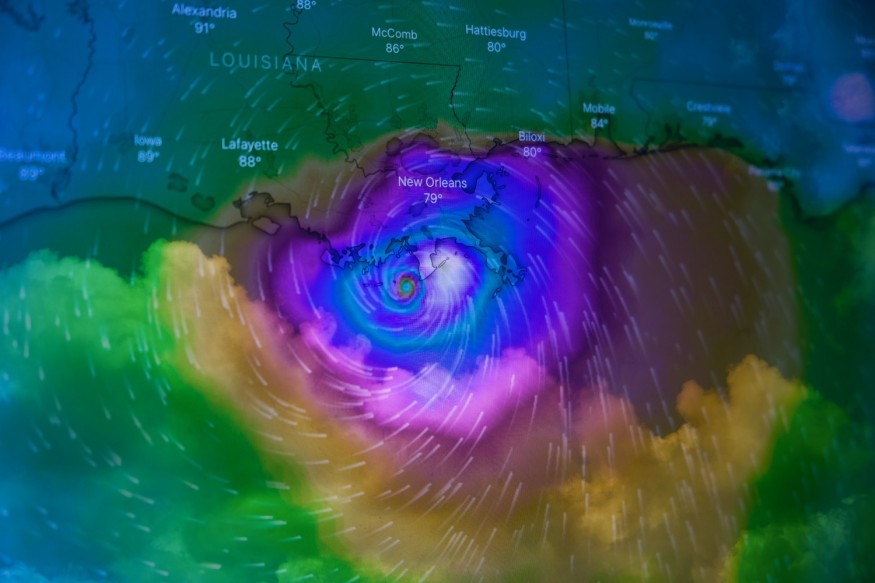How Accurate Are the Weather Forecast Models?

Weather forecast models have become a part of our lives in recent years. These advanced tools provide us with weather predictions, enabling us to plan activities and make informed choices. However, it's natural to question the reliability of these forecast models. In this post, we'll delve into the world of weather forecasting and explore the accuracy of these models.
Understanding Weather Forecast Models
Weather forecasting models are computer simulations that utilize equations to anticipate future weather conditions. They take a range of oceanic data into account, including temperature, humidity, wind speed direction, air pressure, and more. This data is collected from sensors worldwide and fed into supercomputers that perform millions of calculations per second to generate forecasts.
Different Types of Forecast Models
Many weather forecast models are available today, and they cater to different needs. Some used ones include the Global Forecast System (GFS), the European Centre for Medium-Range Weather Forecasts (ECMWF), the Canadian Meteorological Centre (CMC), and the Japan Meteorological Agency (JMA) model. Each model employs its algorithms and processes for predicting weather patterns.
Meteorologists evaluate the accuracy of weather forecast models by comparing predicted values with real-time values. This process involves analyzing data to measure the difference between predicted values and real-time observations at different locations and timeframes.
Short-Term Forecasting
When it comes to short-term forecasting, typically, up to three days of weather forecast models have shown impressive accuracy. However, as time increases, accuracy decreases due to factors like atmospheric behavior and limited knowledge about current conditions in remote areas or over oceans.
Medium-Range Forecasting
For medium-range forecasting, which spans from 3 to 10 days, accuracy decreases further as uncertainties in conditions grow over time. Despite this decline beyond three days, medium-range forecasts can still offer insights into weather trends.
Long-Term Forecasting
When it comes to long-term forecasting that extends beyond ten days, the accuracy significantly diminishes, making the forecasts less reliable. Long-range predictions heavily rely on interactions and patterns that are challenging to model accurately.
Regional Variations in Accuracy
Another aspect of assessing the forecast model's accuracy is understanding how it varies across regions. Forecast models tend to perform well in areas with distributed weather observations compared to remote or data-scarce regions. This emphasizes how crucial it is to have high-quality data from all parts of the world to make accurate predictions.
Enhancing Accuracy
Thanks to advancements in technology and a better understanding of weather dynamics, forecast models have made progress in recent years. Researchers continuously improve these models by incorporating data sources, refining equations, and enhancing power. These efforts aim to reduce uncertainties and enhance accuracy in both short and long-term forecasting.
Refinement Techniques
Alongside improving the forecast models themselves, meteorologists also employ refinement techniques. These techniques involve refining raw model outputs using methods or blending multiple model outputs to generate more precise and reliable forecasts. By utilizing processing methods, biases inherent in individual models can be reduced, resulting in more skillful predictions.
Advantages of Weather Forecast Models
Weather forecast models offer benefits that impact many industries and everyday life. By providing insights and predictions about weather conditions, these models contribute to better decision-making and planning. Let's explore some of the advantages they provide:
Ensuring Safety
Accurate weather forecasts enable individuals and communities to take safety precautions. Understanding weather events, such as storms, hurricanes, and extreme temperatures, helps people prepare in advance to reduce the potential for harm or damage.
Agriculture
Farmers heavily rely on weather forecasts to optimize their crop planning, irrigation schedules, and pest management. Knowing the time to plant crops and being aware of rainfall patterns or potential frost events empowers farmers to make informed decisions that result in higher yields and more efficient resource management.
Business Operations
Various industries heavily depend on weather information for their day-to-day operations. Supply chain logistics, transportation services (including airlines and shipping companies), energy generation (such as wind farms), and construction projects all require forecasts to minimize disruptions and effectively allocate resources.
Conclusion
Although weather forecast models may not be 100% accurate at all times, especially when it comes to long-term forecasting, they still provide insights for mitigating risks and planning our lives. Ongoing advancements in computing power data collection methods and research continue to enhance forecast model accuracy, enabling us to make decisions based on weather predictions.
Subscribe to Latin Post!
Sign up for our free newsletter for the Latest coverage!
© 2026 Latin Post. All rights reserved. Do not reproduce without permission.















